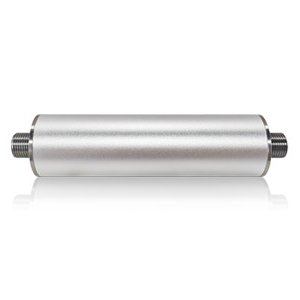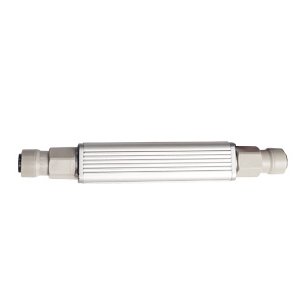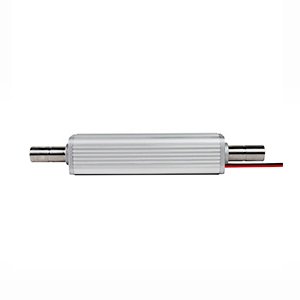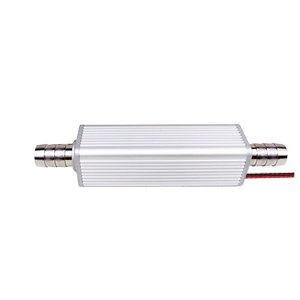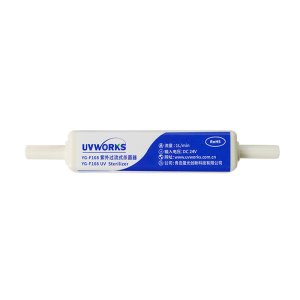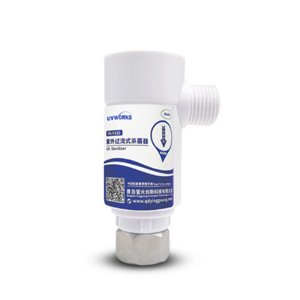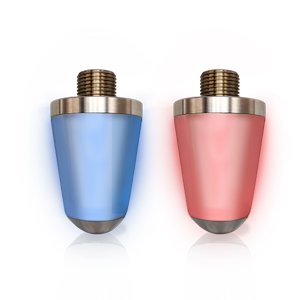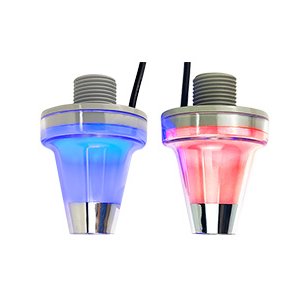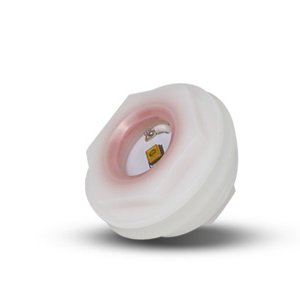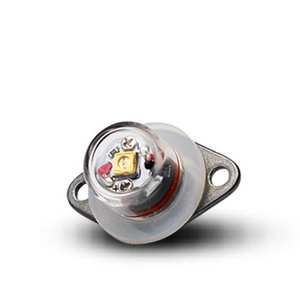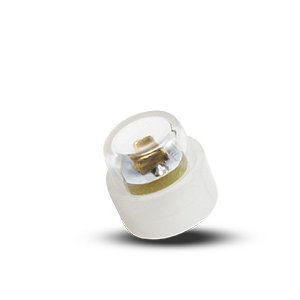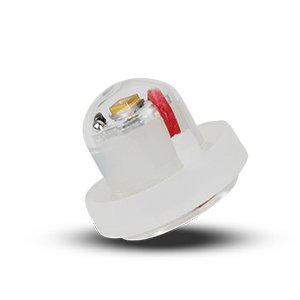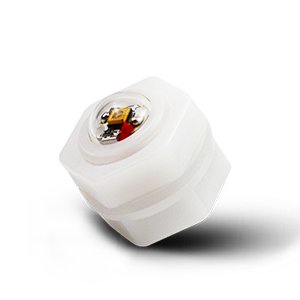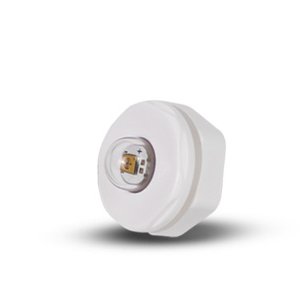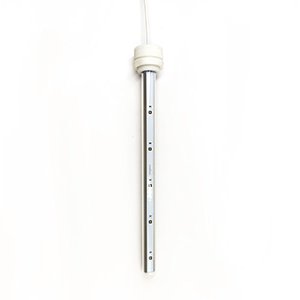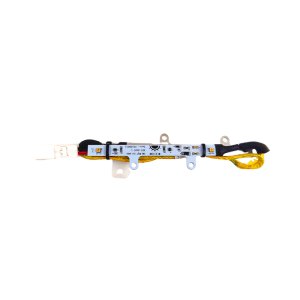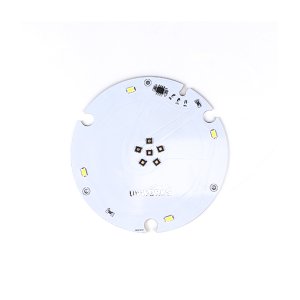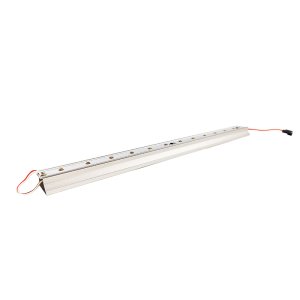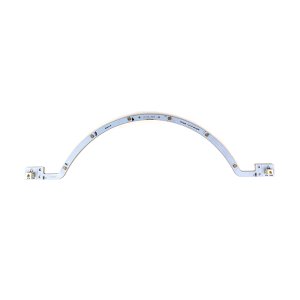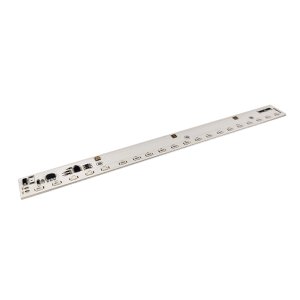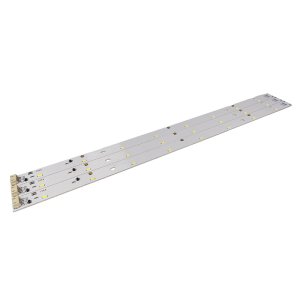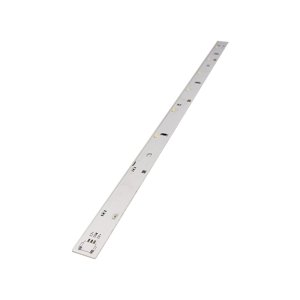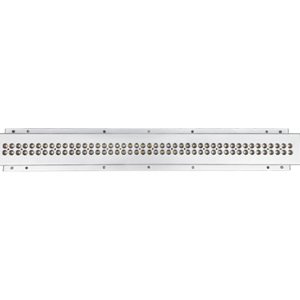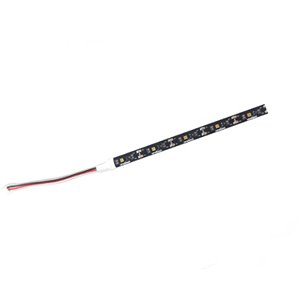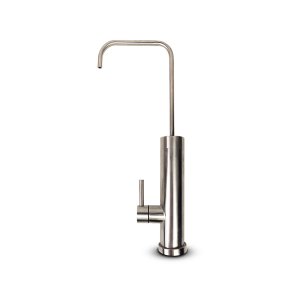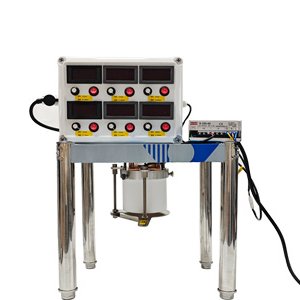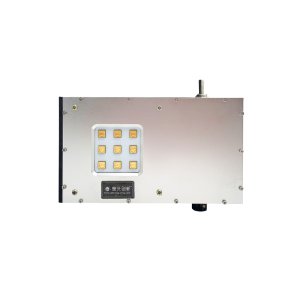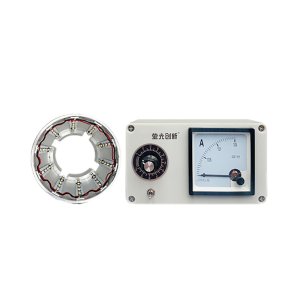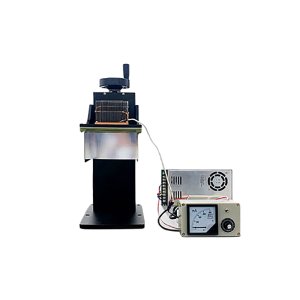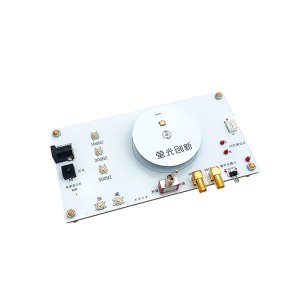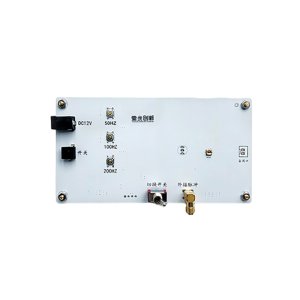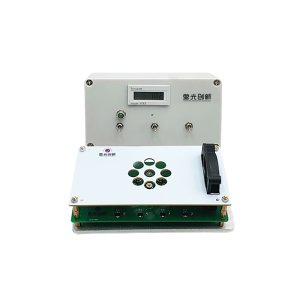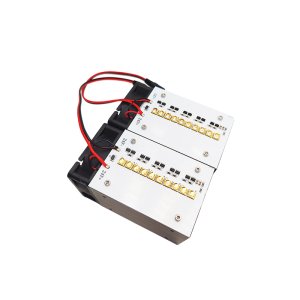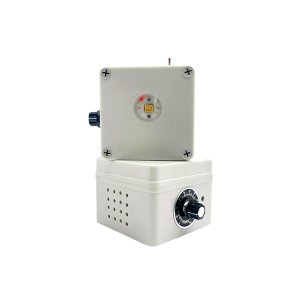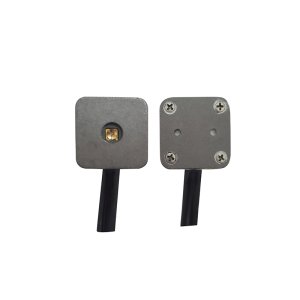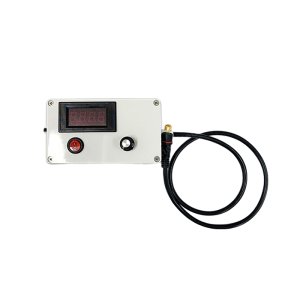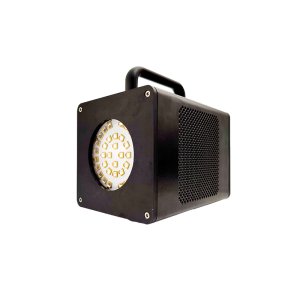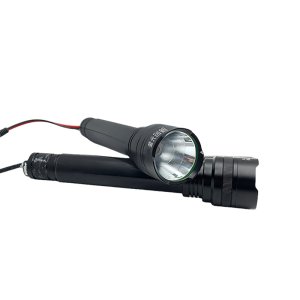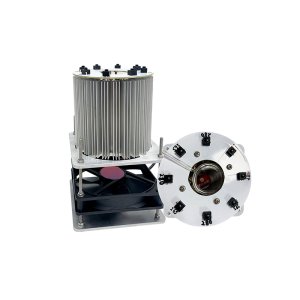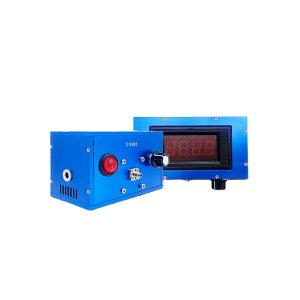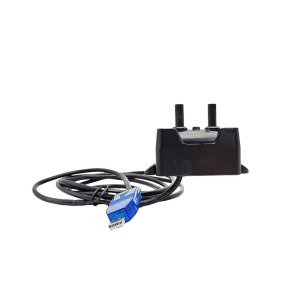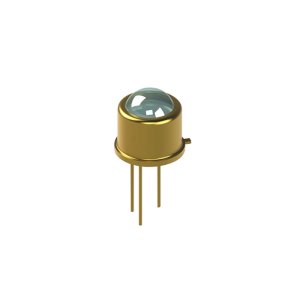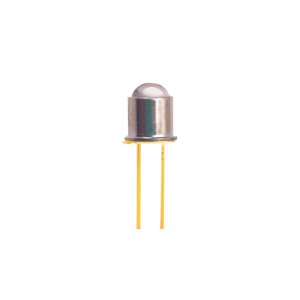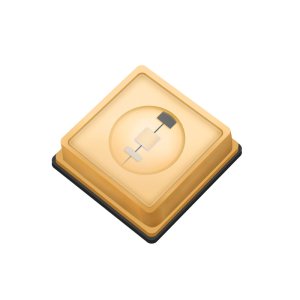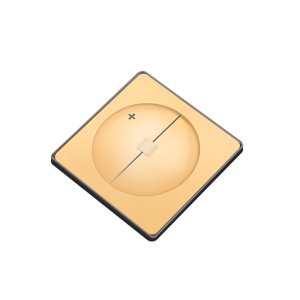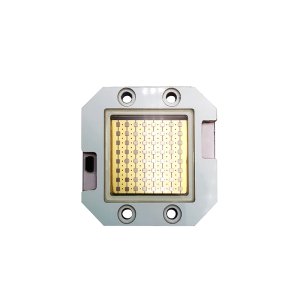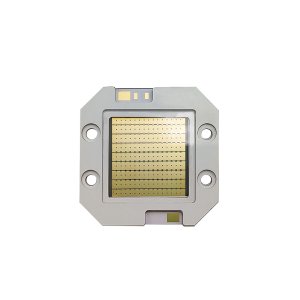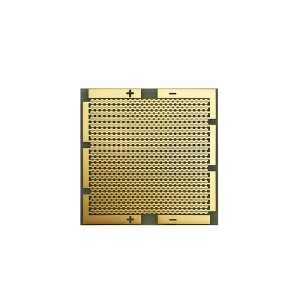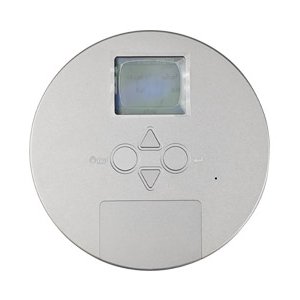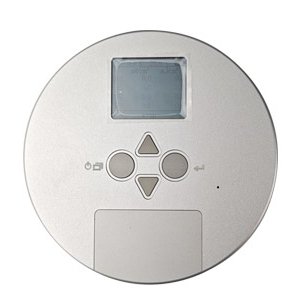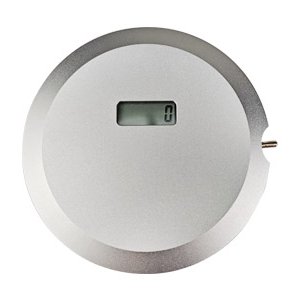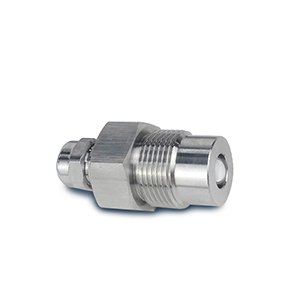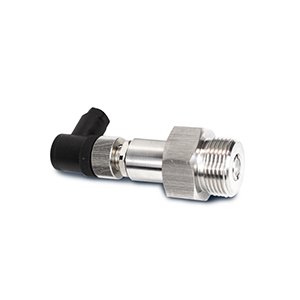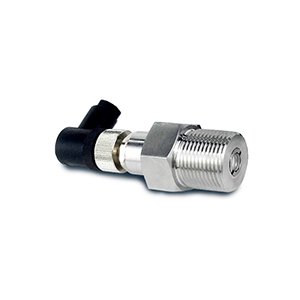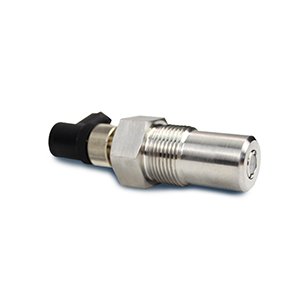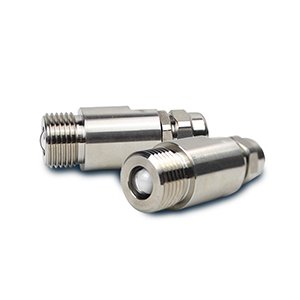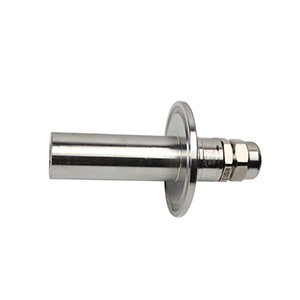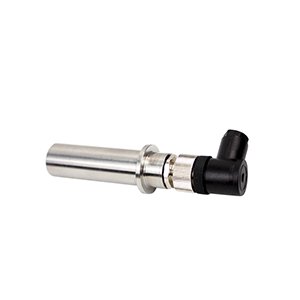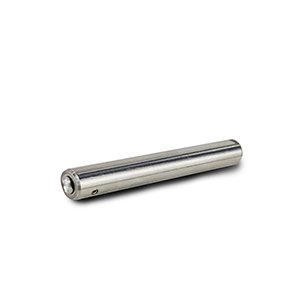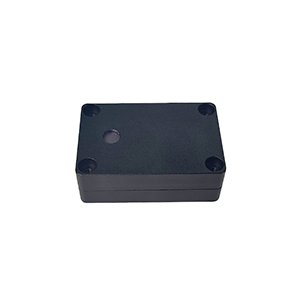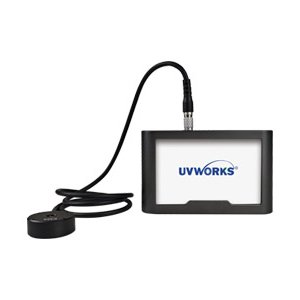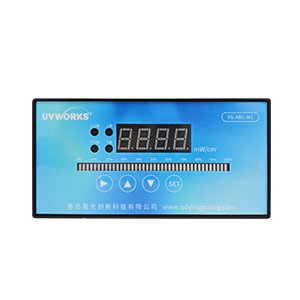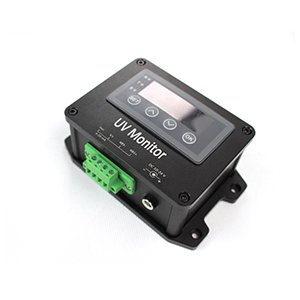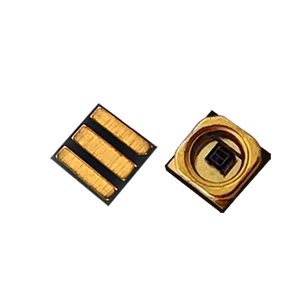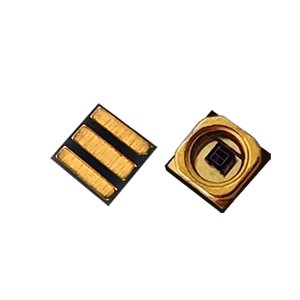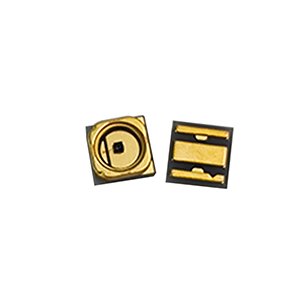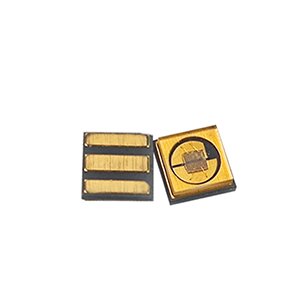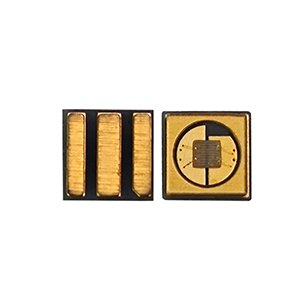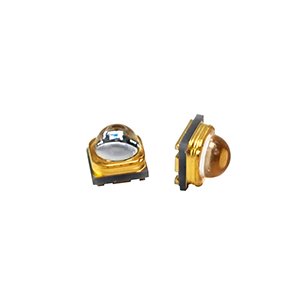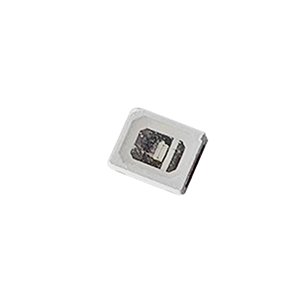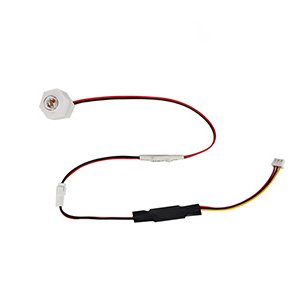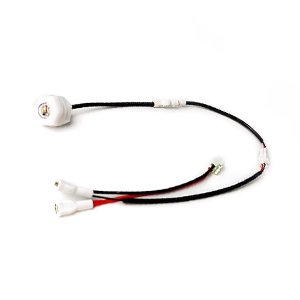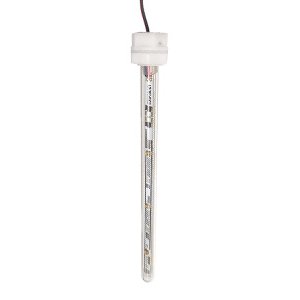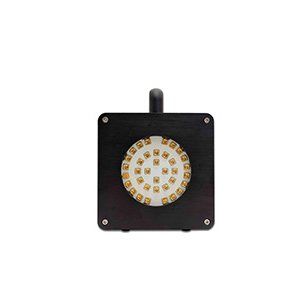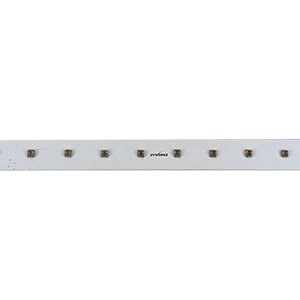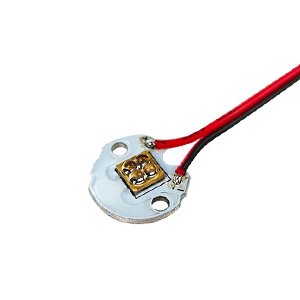
What problems should be paid attention to in the use of deep UV LED beads
2021-11-30
The light of deep UV LED lamp beads is often used in disinfection and deodorization because of its good sterilization effect. It is widely used in the industry. What problems should be paid attention to in the use of deep UV LED lamp beads?
Electrostatic treatment
LED is an electrostatic sensitive device. When the electrostatic voltage exceeds 5000v, it will breakdown or semi breakdown the LED chip structure, resulting in LED dead light, electric leakage or relevant electrical failure. Before using the product, please do anti-static protection according to the following measures:
1. Protective measures for worktable: conductive pad shall be used for the production line console, worktable and any worktable including LED contact, and the conductive pad shall be grounded.
2. Electrostatic protection measures for human body: wear electrostatic shoes, electrostatic clothes and operate with electrostatic ring. (wired electrostatic ring is recommended)
3. Machine static electricity measures: including soldering iron, foot clipper, foot changer and other equipment in contact with LED after grounding, and install ion fan for static medium load.
dissipate heat
1. Requirements for heat sink: it is recommended to use aluminum or copper heat sink with fins, which can directly convection with the outside air.
2. Effective heat dissipation area: for 1W high power, the total effective heat dissipation area of heat sink is ≥ 50-60 cm2. For 3W high power, it is recommended that the total effective heat dissipation area of the heat sink is ≥ 150 square centimeters, and the higher power is increased according to the situation and test results, so as to ensure that the temperature of the heat sink does not exceed 60 ℃.
3. The high-power LED substrate is closely connected with the heat sink, and the contact surface is flat. (thermal conductivity of silicone grease ≥ 3.0w / m.k).
Welding conditions
The LED welding process should be fast and the temperature should not be too high. Poor welding operation will seriously affect the service performance of LED. Welding shall be carried out according to the following conditions:
1. Manual welding: the soldering iron shall not exceed 60W, and the temperature and time shall be 350 ℃ / 5S. (thermostatic soldering iron is recommended).
2. Tin immersion welding: the temperature and time of the welding table are 160-170 ℃ / 5-10S (low temperature solder paste is recommended).
3. Reflow soldering: the temperature and time of the soldering table are 260 ℃ / 5S (die top packaging products, high temperature solder paste is used).
4. Do not touch the LED lens and led appearance colloid during welding. This bad operation will damage the LED.
Working conditions
1. Use constant current or current limiting circuit for driving.
2. Low current LED is recommended.
3. The working ambient temperature of LED shall not exceed 60 ℃. If it is higher than this temperature, please do a good job in heat dissipation.
4. Storage conditions: - 40 ~ + 100 ℃, sealed and stored against static electricity.
Installation conditions
1. Do not apply any pressure to the LED lens and LED luminous area during installation. This poor operation will lead to open circuit and dead light of the LED.
2. Do not install the LED pin under pressure.
3. When cleaning the LED, use ultrasonic cleaning or wipe with a small amount of alcohol. Do not use acetone, Tianna water or gasoline and any corrosive solvents.
Qingdao fluorescent Innovation Technology Co., Ltd. has a professional postdoctoral team, focusing on the research of ultraviolet sterilization application. After years of deep cultivation in the ultraviolet industry, the company has obtained a number of national invention and utility model patents. At present, a number of sterilization module products have been put into the market. For more details, you can browse the company website www.qdyingguang.com, contact the company for WeChat's official account.


